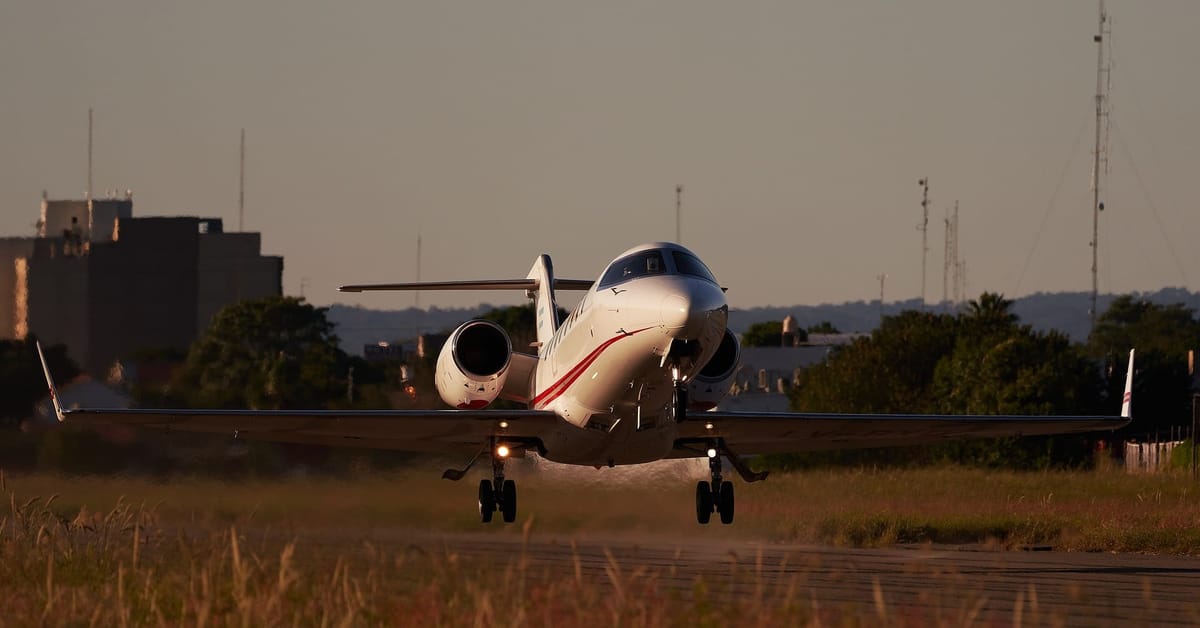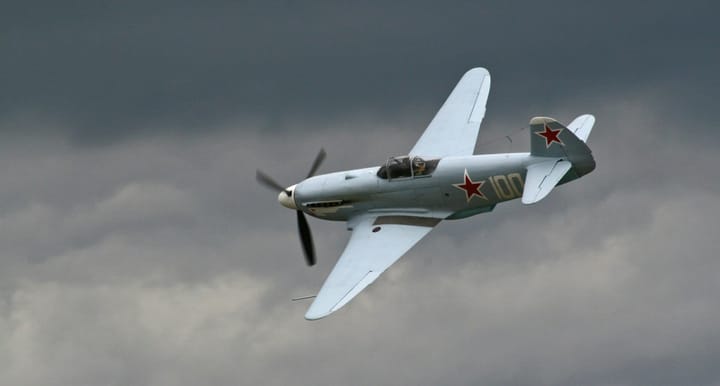Simulate aircraft ground roll and liftoff performance using aerodynamic and thrust inputs to estimate takeoff distance, liftoff speed, and thrust-to-weight ratio. Visualize acceleration with a dynamic velocity vs distance chart and explore how key factors affect runway requirements.
The Takeoff Distance Estimator is an interactive, browser-based analytical tool designed to simulate the ground roll phase of an aircraft’s takeoff. It integrates both analytical equations derived from classical flight mechanics and a numerical simulation model that incrementally calculates acceleration over distance, providing a dual-layered approach to projecting takeoff performance.
This utility enables users to explore the relationship between aerodynamic forces, propulsion characteristics, aircraft geometry, and runway conditions in determining the total distance required to achieve lift-off speed. The visual output includes a high-resolution Velocity vs. Distance chart, a tabular dataset of key simulation points, and three performance indicators: takeoff distance, liftoff velocity, and thrust-to-weight ratio.
⚠️ Disclaimer
This tool provides simplified, theoretical results for educational and exploratory purposes only. It does not reflect certified aircraft data or real-world performance standards. Do not use it for operational planning, safety-critical simulations, or flight test prediction.
Intended Use Cases
This estimator is ideal for:
- Aerospace engineering students studying aircraft performance
- Instructors or researchers creating parametric studies
- Aircraft designers conducting early conceptual analyses
- Simulation developers seeking to model ground roll dynamics
- Enthusiasts exploring “what-if” scenarios for various aircraft profiles
Input Parameters and Their Roles
Each parameter contributes to the force balance and kinematic profile of the aircraft during the takeoff roll. Users can switch between Metric and Imperial units for flexibility. Below is a comprehensive explanation of all input variables, along with practical examples:
1. Aircraft Weight (W)
The total gross weight of the aircraft, expressed as a force (not mass). This acts downward due to gravity and directly affects the required lift and rolling resistance.
• Example: 60,000 N for a regional jet (≈ 6,100 kg), or 13,000 lb in imperial units.
2. Thrust (T)
Net total forward thrust produced by all engines during takeoff. This acts as the primary accelerating force opposing drag and friction.
• Example: 25,000 N for a small jet; 5,600 lbf for a twin-engine turboprop.
3. Wing Area (S)
Planform area of the main wing, used in both lift and drag computations. Larger wing area increases lift at a given speed but can also increase parasitic drag.
• Example: 28 m² for a medium aircraft; 150 ft² for a general aviation (GA) light aircraft.
4. Lift Coefficient (CL)
Non-dimensional coefficient indicating how much lift the wing generates relative to its area and dynamic pressure. Often varies with flap configuration.
• Example: CL = 1.3 during takeoff with partial flaps deployed.
5. Drag Coefficient (CD)
Represents the aerodynamic resistance. Dependent on airframe geometry, configuration, and Reynolds number.
• Example: CD = 0.035 for a streamlined aircraft with takeoff configuration.
6. Altitude (h)
Pressure altitude above mean sea level, used to determine the local air density based on the International Standard Atmosphere (ISA) model.
• Example: 0 m for sea level; 2,850 m for a high-elevation airport like Quito.
7. Air Density (ρ) (automatically calculated)
Derived from altitude and unit system using a simplified ISA model. Affects both lift and drag.
• At sea level: 1.225 kg/m³; At 3,000 m: ~0.909 kg/m³.
8. Rolling Friction Coefficient (μ)
Accounts for mechanical resistance between tires and runway. Higher values indicate more energy lost to friction.
• Typical values: 0.02–0.04 for asphalt, 0.05–0.08 for grass or snow.
9. Gravity (g)
Standard gravitational acceleration. Varies with the unit system.
• 9.81 m/s² in Metric or 32.174 ft/s² in Imperial.
10. Takeoff Safety Factor
Scalar multiplier applied to the analytically estimated takeoff distance to account for margins such as pilot reaction delay, environmental variability, or obstacle clearance planning.
• Recommended values: 1.0 (nominal), 1.1–1.2 (conservative margin).
Output Descriptions
Once all parameters are entered, the tool computes the following:
● Takeoff Distance
Calculated using a classical energy balance formula adjusted by the safety factor:
● Liftoff Speed
Computed as the speed at which generated lift equals aircraft weight:
This is the minimum velocity required for the aircraft to achieve positive rate of climb at rotation.
● Thrust-to-Weight Ratio (T/W)
Dimensionless ratio indicating available thrust relative to aircraft weight, useful for assessing acceleration potential.
• Example: T/W = 0.33 for light GA aircraft; 0.6–0.8 for fighter jets.
● Velocity vs. Distance Profile
A dynamic chart is produced using time-stepped numerical integration of the net acceleration:
● Simulation Table
The accompanying data table presents snapshots of the aircraft’s velocity and distance during the takeoff roll, allowing deeper inspection of acceleration progression.
Presets for Quick Setup
Users can apply predefined configurations to quickly simulate typical aircraft types:
- Jet – higher thrust, larger wing, low drag
- Turboprop – moderate thrust, higher drag
- Light GA – low weight, high CL, modest thrust
These presets serve as useful baselines for comparisons or sensitivity studies.
Final Remarks
This tool offers a balance between analytical simplicity and simulation-based detail. It is a valuable educational resource for understanding the forces involved in takeoff dynamics and how design and operational factors influence required runway length. However, because it excludes real-world factors such as wind, slope, temperature deviation from ISA, engine spool-up delay, pilot technique, and obstacle clearance paths:
❗ It should not be used in any certified operational planning, regulatory compliance, or real-world flight testing.
Instead, use it as a sandbox for aircraft performance learning and parametric experimentation.




Comments ()